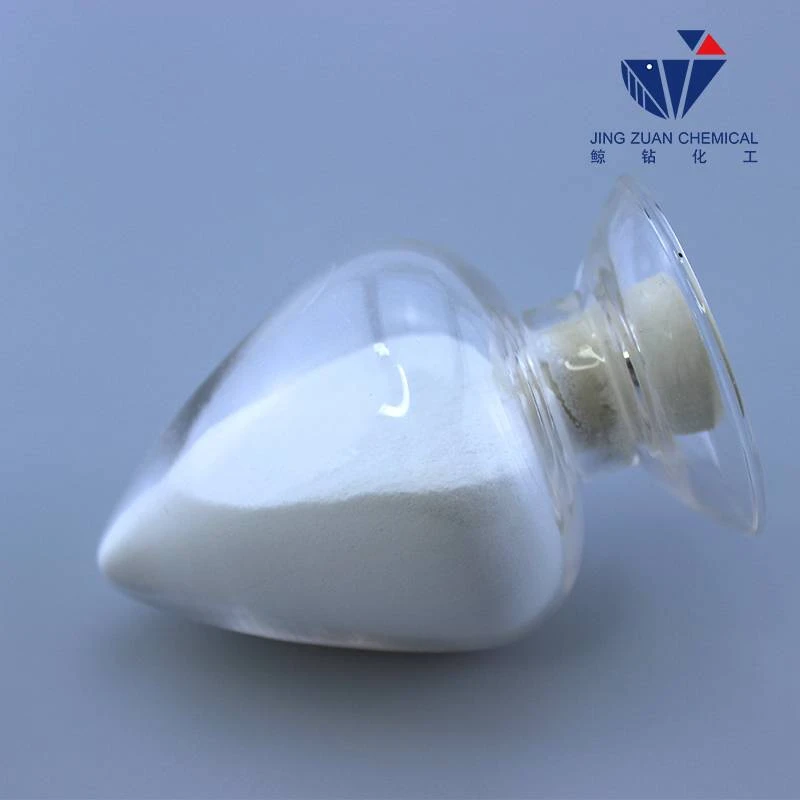
Nov . 29, 2024 17:16 Back to list
HPMC Solubility Evaluation in Ethanol for Enhanced Pharmaceutical Applications
Solubility of HPMC in Ethanol An Insight into Its Applications and Implications
Hydroxypropyl methylcellulose (HPMC) is a widely used cellulose derivative known for its versatile properties, including thickening, binding, and formulating agents in various industries. Its solubility in different solvents is a crucial aspect that influences its applications in pharmaceuticals, food, and cosmetics. One particular solvent that warrants exploration is ethanol, a common organic solvent found in numerous formulations. Understanding the solubility of HPMC in ethanol is essential for optimizing its utilization in various applications.
HPMC is synthesized by the etherification of cellulose with propylene oxide and methyl chloride. This process introduces hydroxypropyl and methoxyl groups into the cellulose structure, increasing its water solubility and enhancing its functionality. The degree of substitution and molecular weight of HPMC can significantly impact its solubility profile in various solvents, including ethanol. Depending on these factors, HPMC can exhibit different solubility characteristics, making it essential to understand how it interacts with ethanol.
Solubility of HPMC in Ethanol An Insight into Its Applications and Implications
The solubility of HPMC in ethanol-water mixtures is crucial in pharmaceutical formulations. HPMC is widely employed as a thickening agent in capsule formulations, where its ability to form gels when mixed with other excipients is indispensable. The solubility in ethanol-water blends facilitates the formation of stable gels, allowing for controlled release of active pharmaceutical ingredients (APIs). By optimizing the ratio of ethanol and water, formulators can tailor the viscosity and release profile of the gel, enhancing the efficacy of the drug.
hpmc solubility in ethanol

In the food industry, HPMC acts as a stabilizer, emulsifier, and thickener. Its solubility in ethanol-water mixtures allows it to be effectively incorporated into various food products. For example, in the formulation of sauces and dressings, HPMC can improve texture and shelf stability. The compatibility with ethanol also opens avenues for creating innovative food products, including low-alcohol and alcohol-free alternatives, without compromising texture and consistency.
In cosmetics, HPMC's ability to dissolve in ethanol-water mixtures makes it a popular choice for formulating creams, lotions, and gels. The controlled viscosity and emulsifying properties imparted by HPMC are essential for creating stable and aesthetically pleasing cosmetic products. Furthermore, the solubility characteristics enable the incorporation of various active ingredients, enhancing the overall performance of cosmetic formulations.
The environmental implications of using HPMC in ethanol-based formulations should not be overlooked. Given the increasing emphasis on sustainable practices, understanding the eco-friendliness of both the ingredient and the solvent is paramount. Ethanol, especially when derived from renewable sources, offers a more sustainable alternative to petroleum-based solvents, aligning with the growing demand for green chemistry solutions. The use of HPMC in conjunction with ethanol can, therefore, contribute to more environmentally responsible manufacturing processes.
Despite its beneficial properties, challenges remain concerning the solubility of HPMC in ethanol. For instance, variations in the molecular weight and degree of substitution can lead to inconsistencies in performance. Additionally, the presence of impurities in ethanol can affect solubility, resulting in variations in product quality. Ongoing research is necessary to address these challenges and further explore the molecular interactions between HPMC and ethanol.
In conclusion, the solubility of HPMC in ethanol, particularly in combination with water, opens a myriad of applications across pharmaceuticals, food, and cosmetic industries. By harnessing its unique properties, formulators can create innovative products that meet consumer demands while adhering to environmentally sustainable practices. As research continues to evolve, the full potential of HPMC in ethanol-based systems will undoubtedly become clearer, paving the way for even more exciting advancements in various fields.
-
Versatile Hpmc Uses in Different Industries
NewsJun.19,2025
-
Redispersible Powder's Role in Enhancing Durability of Construction Products
NewsJun.19,2025
-
Hydroxyethyl Cellulose Applications Driving Green Industrial Processes
NewsJun.19,2025
-
Exploring Different Redispersible Polymer Powder
NewsJun.19,2025
-
Choosing the Right Mortar Bonding Agent
NewsJun.19,2025
-
Applications and Significance of China Hpmc in Modern Industries
NewsJun.19,2025







